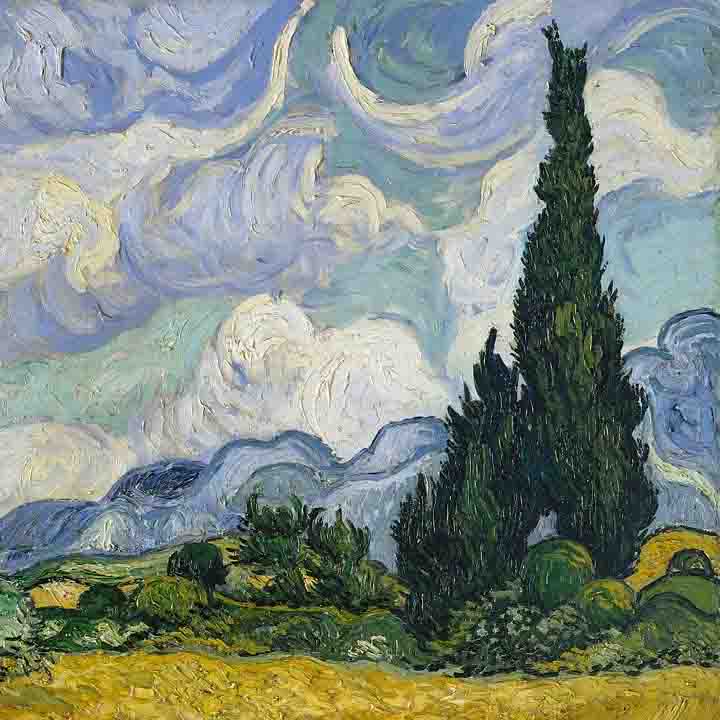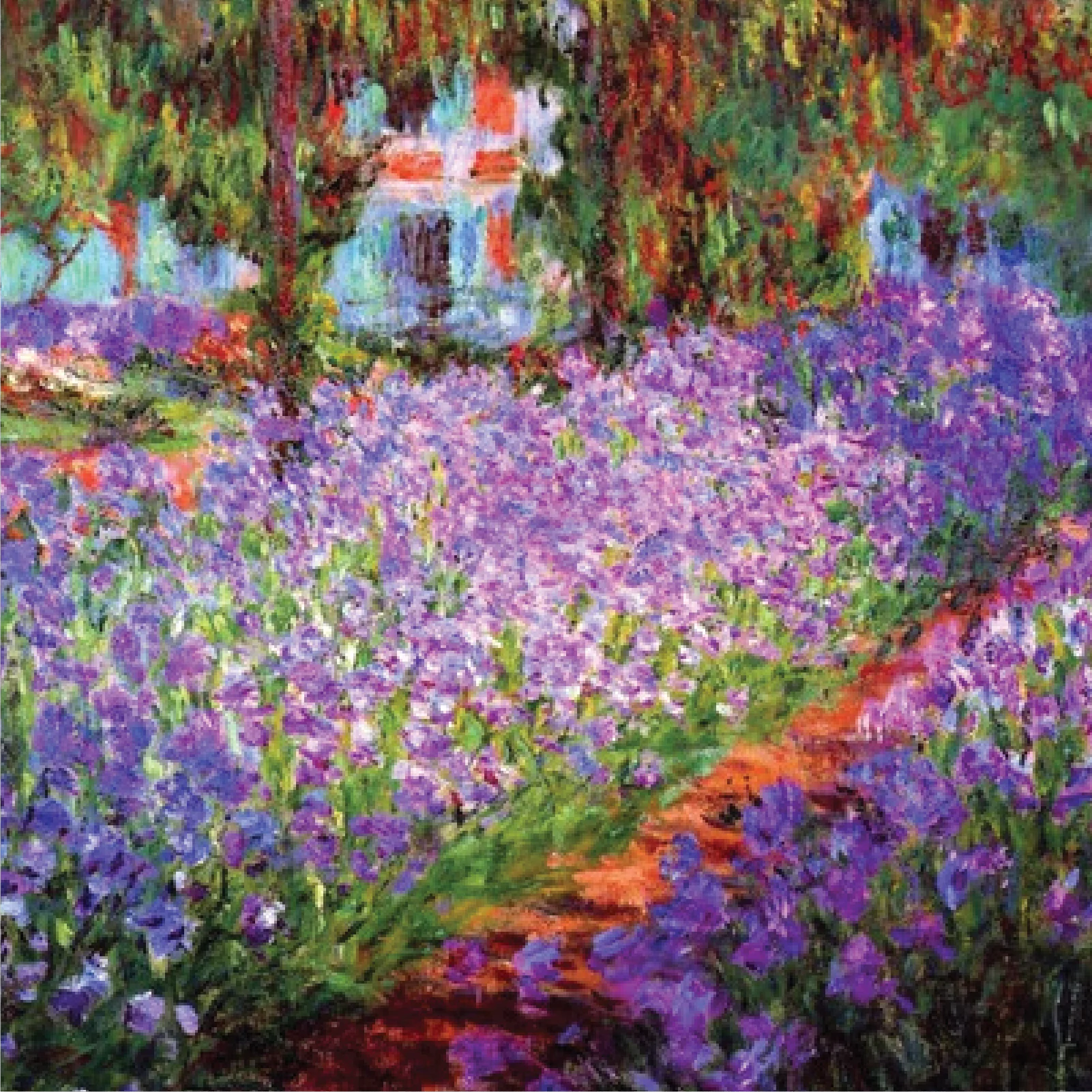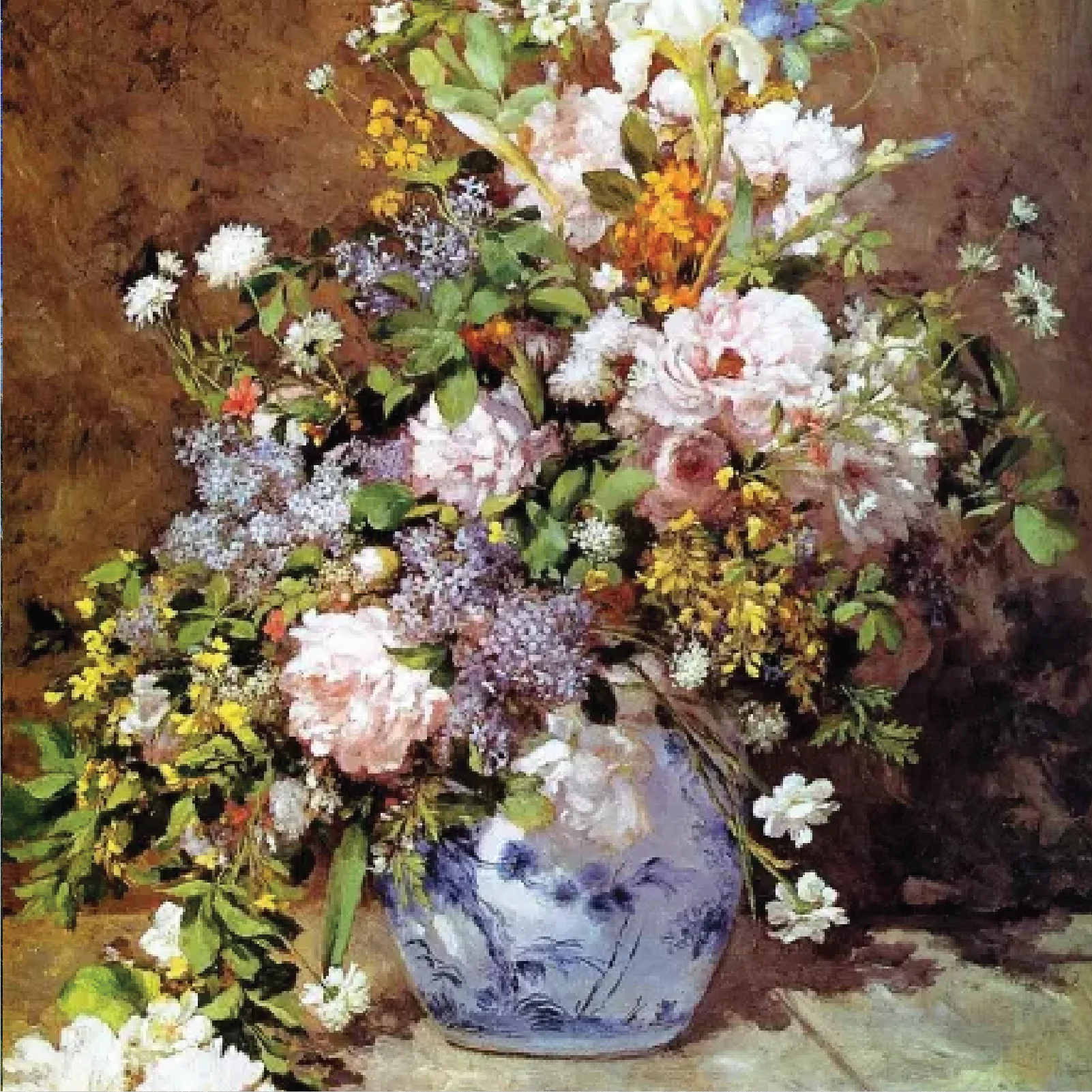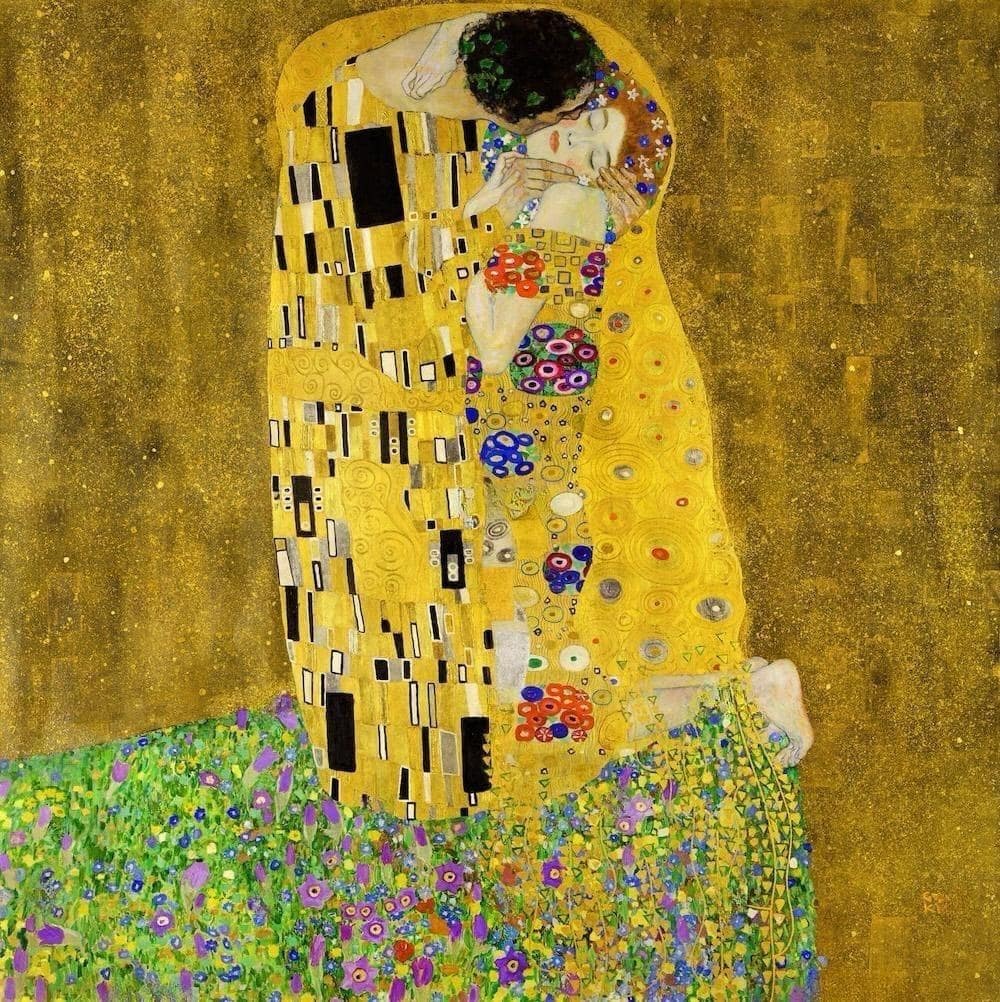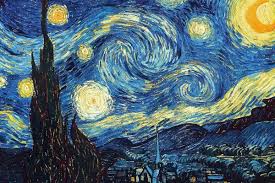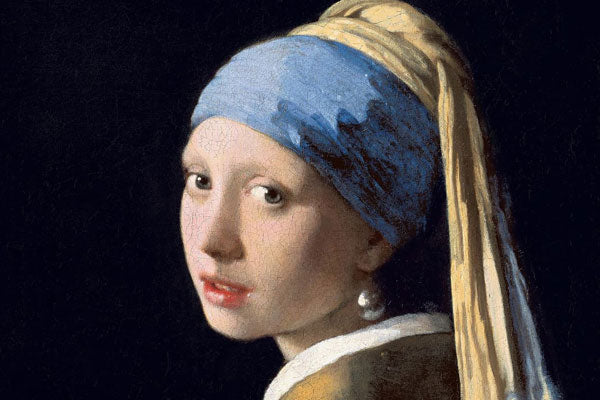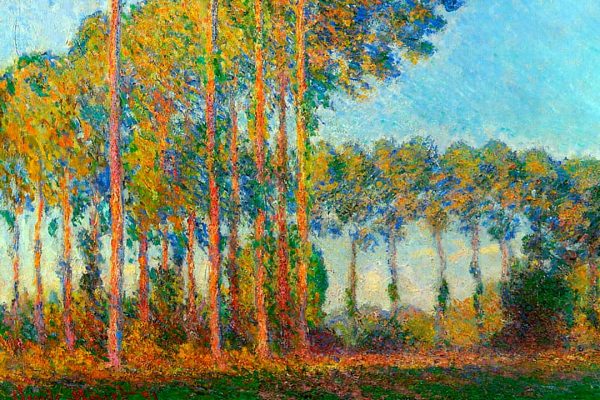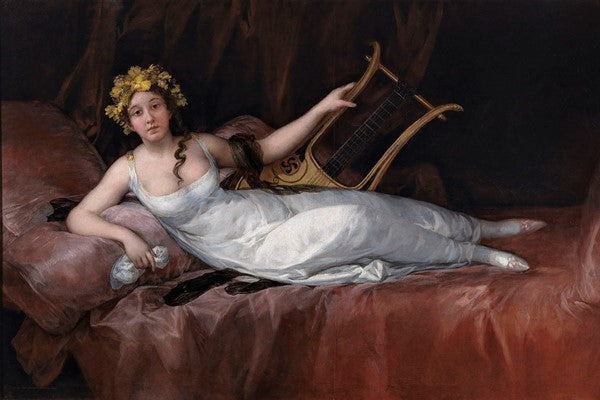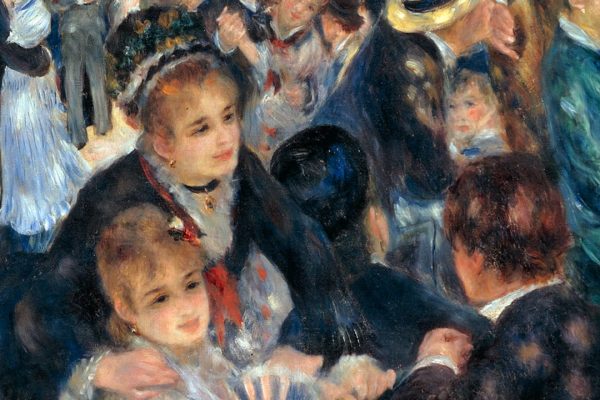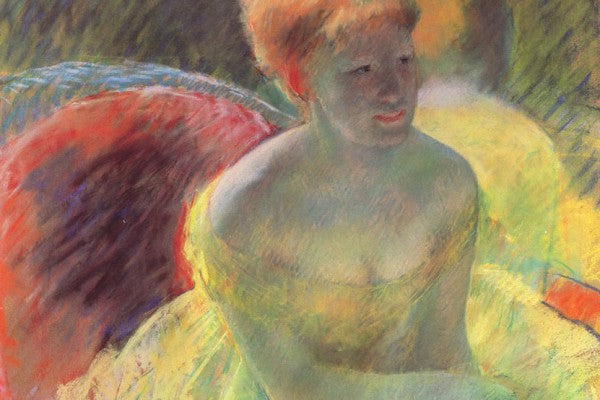Table of Contents
- Introduction
- Key Takeaways
- Unveiling Francisco Goya's Haunting Masterpiece
- The Ancient Myth Behind the Famous Painting
- Saturn Devouring His Son: A Closer Look
- The Black Paintings: Goya's Private Artistic Expression
- Shocking and Disturbing: Reactions to the Peninsular War Painting
- Francisco de Goya: Influence and Legacy
- Romanticism: The Restoration and Preservation of the Masterpiece
- Goya's Artistic Evolution and Style
- Contextualizing the Work in Goya's Court Painter Life
- Exploring the Themes of Madness and Cannibalism
- 1823: The Painting's Place in Art History
- Conclusion
- FAQs
Introduction
When you see Francisco Goya's "Saturn Devouring His Son," you might feel uneasy at first. It was painted between 1819-1823. This painting is from his famous "Black Paintings" series. These paintings are known for being scary and gripping.
The picture shows the old Greek story of Saturn eating his own child. It shows the scene in a very real and shocking way. This depiction has made people think deeply for many years.
This masterpiece shows how skilled Goya was. He was brave enough to show the not-so-nice parts of being human. This was in a time when Spain was facing many issues. The painting is a key part of both Spanish Romanticism and Western art. It is still loved and thought about by many today.
Key Takeaways
- Francisco Goya's "Saturn Devouring His Son" is a renowned painting from the artist's "Black Paintings" series, created between 1819-1823.
- The painting depicts the Greek mythological figure of the Titan Saturn devouring one of his own children, a gruesome and shocking image.
- Goya's interpretation of this dark myth stands as a masterpiece of Spanish Romanticism, reflecting the artist's personal struggles and the tumultuous social and political climate of 19th-century Spain.
- The painting's enduring popularity and influence in art and culture make it a seminal work in the canon of Western art.
- The "Black Paintings" series, including "Saturn Devouring His Son," mark a significant shift in Goya's artistic style, showcasing a raw and personal exploration of the darker aspects of the human condition.

Unveiling Francisco Goya's Haunting Masterpiece
"Saturn Devouring His Son" is by Francisco Goya, a famous Spanish artist. It's part of his "Black Paintings," a set of 14 art pieces. He created these works between 1819 and 1823 at his house, called Quinta del Sordo in Madrid.
This series is quite different from Goya's earlier works. These 14 paintings were very personal and dark. They showed a deep, almost disturbing look at life. Goya made them at a tough time in his own life, when he was facing his deafness and other health issues.
The Quinta del Sordo was a special place for Goya. It was named after a deaf person who lived there before. Goya himself lost his hearing in 1792. The "Black Paintings," especially "Saturn Devouring His Son," are now seen as Goya's greatest work.
| Keyword | Relevance |
|---|---|
| black paintings | The series of 14 paintings created by Goya that included "Saturn Devouring His Son" |
| quinta del sordo | The location where Goya created the "Black Paintings" series, including the famous work |
| francisco goya biography | Contextualizing the artist's life and work during the creation of this masterpiece |
The Ancient Myth Behind the Famous Painting
The work "Saturn Devouring His Son" tells a story from ancient Greek and Roman myths. It's about the Titan Cronus (or Saturn in Roman myth). He was afraid that one of his children would take his place, so he ate them. His wife, Rhea, saved their sixth child, Zeus (or Jupiter in Roman myth), by hiding him on Crete.
Goya's Interpretation of the Myth
Goya's piece shows Saturn eating his child in a disturbingly real way. This is a big change from the older, more perfect images of this myth. Goya was exploring the evil parts of humanity and the troubles in society and politics of his time.
Saturn Devouring His Son: A Closer Look
Goya's "Saturn Devouring His Son" is a masterpiece. It shows off the artist's amazing skills. The painting stands out with its bold use of light and shadow. Saturn, the main figure, is sharply lit against a dark background. This sharp contrast is a key feature of the Baroque style. It creates a powerful effect, drawing viewers into the scene.
Composition and Techniques
The work centers around Saturn, who is shrouded in darkness. His menacing look and action make the painting eerie. He seems to consume his own child. Goya's use of light and shadow focuses attention on this gruesome act. It makes the scene both shocking and captivating.
Symbolism and Interpretations
The painting is rich in symbols. It has sparked various interpretations. Some see it as a story about the clash of generations. Others connect it to the troubled times in Spain. The lifeless child and Saturn's terrifying face leave a powerful impression. They stir up deep emotions in those who see the painting. Goya's symbolic use stands out in his "Black Paintings." These works have deep, hidden meanings that still puzzle and intrigue experts today.
The Black Paintings: Goya's Private Artistic Expression
Goya painted "Saturn Devouring His Son" in a series known as the "Black Paintings". These 14 paintings were done on the walls of his house, the Quinta del Sordo. They were made between 1819 and 1823. Unlike his previous work, these paintings were dark and eerie.
The "Black Paintings" were not shown to the public. They were a look into Goya's inner struggles and thoughts. The Quinta del Sordo was perfect for this. It was named after a deaf person and Goya himself lost his hearing in 1792.
Quinta del Sordo: The Origins
At the Quinta del Sordo, Goya explored deep and unsettling themes. The series is a proof of Goya's brilliance and his daring nature. He was unafraid to tackle tough topics, even in the Romantic era.
Shocking and Disturbing: Reactions to the Peninsular War Painting
Goya's "Saturn Devouring His Son" stirs strong reactions since it shows a father eating his child. This has made it one of the most intense paintings. It is a dark reflection on Spain's troubled times when Goya lived. This included the Peninsular War and the Spanish Inquisition's atrocities.
The painting is both unsettling and confusing. We are not sure who the child is or even if it's a boy or a girl. Goya's personal life likely influenced this work. This adds more layers to its meaning.
In the end, "Saturn Devouring His Son" showcases Goya's challenging view of the world. It's not easy to look at, but it shows his deep understanding of human darkness.
Francisco de Goya: Influence and Legacy
The painting "Saturn Devouring His Son" by Francisco Goya has left a major mark on the art world. It has inspired artists for centuries. This work is known for its dark scenes that show a harsh view of humanity. It has influenced many other types of art, like books, movies, and music.
Inspiration for Later Artists
Writers like Salman Rushdie and songwriters in bands like The Smashing Pumpkins and Iron Maiden have all found inspiration in Goya's work. His painting of Saturn is especially famous for its intense and dark image. This has spoken to artists wanting to explore the deep, frightening sides of human nature.
Enduring Popularity and Cultural Impact
"Saturn Devouring His Son" remains hugely popular and influential, showing its icon status in Western art. It has captivated and challenged people for centuries. This work marks Goya as a key figure of the Romantic era and Spanish art. Many artists have been inspired by him, continuing his legacy.
Romanticism: The Restoration and Preservation of the Masterpiece
After Goya went to Bordeaux in 1823, his grandson Mariano got the Quinta del Sordo. This house was where the "Black Paintings" like "Saturn Devouring His Son" were shown. The murals started to wear off over time. In 1874, Baron Émile d'Erlanger bought the house. He asked for the paintings to be carefully moved from the walls to canvas. This task was done by Salvador Martínez Cubells, a top restorer from the Museo del Prado. This was crucial to save these masterpieces.
Yet, moving the paintings didn't go perfectly. Some details were lost, and some works got damaged. Luckily, "Saturn Devouring His Son" was in better shape than others. It was taken care of and is now always shown in the Museo del Prado. The detailed work to save this famous painting means that Goya's work still grips people's imaginations today.
Goya's Artistic Evolution and Style
The painting "Saturn Devouring His Son" shows Francisco Goya's change in style and approach. It moves away from his earlier, polished works. These were well-loved for their skilled portraits and historical scenes.
The "Black Paintings" series, like this one, show a different side of Goya. They are darker and more personal. These paintings are not about beauty. They're about deep emotions and intense scenes.
Goya started using strong contrasts of light and dark (chiaroscuro). He also focused on dark and grotesque images (tenebrism). This change was ahead of its time. It hinted at future artistic styles that would become popular. "Saturn Devouring His Son" is an important piece. It shows how far Goya was willing to go. He challenged the norms of what was considered good art in his time.
Contextualizing the Work in Goya's Court Painter Life
Goya painted "Saturn Devouring His Son" and the other "Black Paintings" at his Quinta del Sordo. This was a turning point in his life. By 1819, he was a famous artist in Spain and well-known for his portraits and history paintings.
But Goya faced tough times. The Peninsular War, the Spanish Inquisition, and his own health issues troubled him. He started losing his hearing as well.
These hardships, paired with the chaotic world around him, influenced his dark paintings a lot. They show a deep, internal look at life's tough parts. Goya made the Black Paintings secretly at home, not to show them publicly. This shows he used art to deal with life's challenges and had a lot to say about the human experience.
One of these paintings, "Saturn Devouring His Son," is a clear example. It shows Goya's artistic genius. He wasn't afraid to explore deep, unsettling topics. This was at a time when the Romantic era leaned towards idealized scenes.
Exploring the Themes of Madness and Cannibalism
Goya's "Saturn Devouring His Son" dives into madness and cannibalism. It shows a dark, disturbing side of an old Greek and Roman myth. This version is far from the earlier, gentler portrayals. It features a wild, frenzied figure.
Contrasts with Rubens' Version
Rubens showed Saturn more calmly, cradling a baby. Goya's painting, however, is stark. It reveals Saturn in a frenzy, with a dead gaze and gaping mouth.
Goya's painting offers deep, symbolic meanings. It could represent the fight between generations. Or maybe it reflects the chaos in Spain during Goya's time. In the end, the painting is a chilling look into our dark, human tendencies.
1823: The Painting's Place in Art History
Francisco Goya's "Saturn Devouring His Son" is a key work in Western art. It's part of Goya's famous Black Paintings series. This series marked a big change from his earlier, more normal style to a darker one.
The painting shows a myth about Saturn eating his children, with dark and dramatic colors. Goya's use of light and shadow has inspired many artists since, showing up in stories, movies, and even music.
"Saturn Devouring His Son" shows Goya's lasting creativity and impact. Centuries after he painted it, the artwork still makes people think. This piece is a main highlight of Spanish Romantic art, boosting Goya's status as a top artist in Western art.
Conclusion
Francisco Goya's "Saturn Devouring His Son" is a standout in Spanish Romantic art. It has drawn in and unsettled people through the years. This piece, along with Goya's "Black Paintings," shows a big change in his style. It dives into deep, personal fears and explores the worst parts of being human. The image of Saturn eating his child is seen as a powerful message. It's thought to reflect Spain's tough times in the 1800s. It also tells of Goya's own fears and struggles.
The artwork's bold light and dark effects, called chiaroscuro, are unforgettable. They've inspired many artists. "Saturn Devouring His Son" remains a key part of Goya's legacy. It challenges and grabs the attention of viewers even today. This painting is a signature of the Spanish Romantic style. It stands as an important piece in Western art. It's a strong and disturbing look at what it means to be human.
Goya's "Black Paintings," like "Saturn Devouring His Son," have left a strong mark. They've influenced many artists and still impress people today. This work shows Goya's great artistic skill and his important place in art history. It's clear he made art that makes us feel and think deeply. Goya is remembered as a highly important artist. His bold works continue to speak to people from all backgrounds and times.
FAQs
Q1: Who is the god Saturn in Goya's painting?
A1: The god Saturn in Goya's painting "Saturn Devouring His Son" is a depiction of the Roman god Saturn, who is known for devouring his children to prevent them from overthrowing him.
Q2: Where did Goya paint his "Black Paintings"?
A2: Goya painted his "Black Paintings," including "Saturn Devouring His Son," directly onto the plaster walls of his house, known as the "Villa of the Deaf" or "Quinta del Sordo."
Q3: What is significant about Goya's house, the "Villa of the Deaf"?
A3: Goya's house, known as the "Villa of the Deaf," was where he created his famous "Black Paintings." The house was named after a previous owner who was deaf, and Goya himself was deaf when he painted these works.
Q4: Who completed the transfer of Goya's paintings onto canvas?
A4: The transfer of Goya's "Black Paintings" onto canvas was completed by Salvador Martínez Cubells, an art restorer from the Museo del Prado.
Q5: What do art historians say about Goya's "Saturn Devouring His Son"?
A5: Art historians consider Goya's "Saturn Devouring His Son" a macabre and ferocious depiction of the brutality of the Roman god Saturn. It is a key piece in understanding Goya's exploration of human darkness and the artistic movement of Romanticism.
Q6: How did Britannica describe "Saturn Devouring His Son"?
A6: Britannica describes "Saturn Devouring His Son" as a disturbing illustration of the myth of the Roman god Saturn, showcasing Goya's ability to evoke horror and fascination.
Q7: What other famous works did Francisco Goya create?
A7: Francisco Goya, an important Spanish artist and Spanish Romantic painter and printmaker, also created notable works such as "The Third of May 1808" and the "Maja" series.
Q8: When did Goya die, and what was his legacy?
A8: Goya died in 1828. He is remembered as a significant figure in Western art, with a legacy that includes his innovative use of dark themes and his influence on later art movements.
Q9: Who was Leocadia Weiss in Goya's life?
A9: Leocadia Weiss was Goya's companion during his later years. She lived with him at the "Villa of the Deaf" and is believed to have supported him through his old age.
Q10: What was the role of Goya's son, Javier?
A10: Javier Goya, the artist's son, played a crucial role in preserving his father's legacy. After Goya moved to Bordeaux in 1823, Javier inherited the "Villa of the Deaf."
Q11: What historical events influenced Goya's work?
A11: Goya's work was heavily influenced by historical events such as the Napoleonic Wars and the brutality of the Spanish Inquisition, which are reflected in the dark themes of his "Black Paintings."
Q12: What is the significance of Goya's depiction of Saturn devouring his son?
A12: Goya's depiction of Saturn devouring his son is significant for its horrific act of cannibalism, which symbolizes the brutality and ferocity of the Roman god Saturn. It is a powerful representation of the artist's exploration of human nature and fate.
Q13: How did Goya's biographer, Raymond de Brugada, describe his works?
A13: Goya's biographer, Raymond de Brugada, described his works as powerful depictions of the darker aspects of human nature, highlighting Goya's unique ability to evoke strong emotional responses through his art.
Q14: What is the Britannica citation for "Saturn Devouring His Son"?
A14: The Britannica citation for "Saturn Devouring His Son" can be found on their website, providing detailed information and analysis of the painting's historical context and artistic significance.
Q15: How did Goya's artistic style evolve over his career?
A15: Goya's artistic style evolved from his early works influenced by the old masters and his teacher Mengs, to his later "Black Paintings" which showcased a darker, more personal exploration of themes like madness and brutality.
Q16: What happened to Goya's "Black Paintings" after his death?
A16: After Goya's death, his "Black Paintings" were transferred onto canvas from the plaster walls of his house. This preservation effort ensured that these important works could be studied and appreciated by future generations.
Q17: What is the significance of the year 1814 in Goya's life?
A17: The year 1814 is significant in Goya's life as it marked the completion of one of his famous works, "The Third of May 1808," which depicted the horrors of war and solidified his reputation as a powerful and influential artist.
Q18: How long did Goya work as a court painter?
A18: Goya worked as a court painter for 35 years, serving under Spanish monarchs such as Charles IV and Ferdinand VII. His role as a court painter greatly influenced his artistic development and the subjects of his works.
Q19: What themes did Goya explore in his "Black Paintings"?
A19: Goya explored themes of madness, brutality, and the darker aspects of human nature in his "Black Paintings." These works were a departure from his earlier, more traditional paintings and showcased his ability to convey deep psychological and emotional experiences.
Q20: What did Goya write about his own work?
A20: Goya wrote about the intense personal and emotional experiences that influenced his work, particularly in his later years. His writings provide insight into his thoughts and motivations as an artist, and his desire to challenge conventional artistic norms.





